If you’re troubled by the amounts of money some college football players are pulling down by way of NIL payments, get a load of how much college coaches are making.
It is a load.
Let’s start — and end — with Utah, BYU, and Utah State, with a few others mixed in.
Warning: If you’re a hardworking individual who is out there busting your hump to keep a roof over your family’s heads and food on the table, saving up for your kids’ college funds, trying to be a responsible and productive citizen, living paycheck to paycheck, reading some of these numbers is going to hurt a little or a lot. Maybe you’ve grown numb to the salary and contract mathematics of modern-day sports, but what you see here might slap you around a bit. Please carefully press forward and carry on.
According to a list of head football coaches’ salaries — which likely do not include bonuses and extra goodies hauled in by these guys — recently released by collegefootballnetwork.com, Utah coach Kyle Whittingham in 2025 will make just shy of $7 million.
By comparison, BYU’s Kalani Sitake is a bargain at $3 million.
Utah State’s Bronco Mendenhall will get $2 million.
And if those numbers toss your good sense and your ability to wrap your mind around middle-class economics into a blender, we’re just getting started here.
Atop the list is Georgia coach Kirby Smart, who will make in his base salary $13.2 million.
After him, in the top 10, are Ohio State’s Ryan Day at $12.5 million, Clemson’s Dabo Swinney at $11.5 million, Oregon’s Dan Lanning at $11 million, Colorado’s Deion Sanders at $10.8 million, Texas’ Steve Sarkisian at $10.6 million, Alabama’s Kalen DeBoer at $10.25 million, USC’s Lincoln Riley at $10.04 million, Florida State’s Mike Norvell at $10 million (Norvell will reportedly give back $4.5 mill of that in 2025), and North Carolina’s Bill Belichick at $10 million.
The cost of higher education — the big-time football part of it — is definitely on the rise.
(Eli Lucero | Herald Journal) Bronco Mendenhall speaks at a press conference where he was introduced as the new football coach at Utah State University, Monday Dec. 9, 2024, in Logan.
The next batch of 10 coaches starts with LSU’s Brian Kelly getting $9.5 million and ends with South Carolina’s Shane Beamer at $8.15 million.
The next group of 10 begins with Miami’s Mario Cristobal at $8 million and ends with Whittingham (ranked 30th on the list) with his base salary of $6.92 million.
Sitake comes in at 64th on the list and Mendenhall at 75th.
Sanders is tops in the Big 12, followed by Oklahoma State’s Mike Gundy ($7.06 million), Whittingham, Kansas’ Lance Leipold ($6.15 million), Arizona State’s Kenny Dillingham ($5.8 million), Kansas State’s Chris Klieman ($5.5 million), TCU’s Sonny Dykes ($5 million), UCF’s Scott Frost ($5 million, yet to be announced, but approximated off the last year of his deal at Nebraska), Baylor’s Dave Aranda ($4.5 million), Houston’s Willie Fritz ($4.5 million), Texas Tech’s Joey McGuire ($4.3 million), Iowa State’s Matt Campbell ($4 million), Cincinnati’s Scott Satterfield ($3.7 million), West Virginia’s Rich Rodriguez ($3.5 million), Sitake, Arizona’s Brent Brennan ($2.4 million).
That all speaks for itself.
The question that remains is this: How do you — college football fans and those who are not — feel about those base salaries, especially for the three coaches inside the state?
Is Whittingham overpaid or underpaid, relative to the going rates? Based on what he’s accomplished in the past — OK, so 2024 was something of an anomaly — is he a bargain or a burden? It’s pretty clear that Sitake, if the list is accurate (private schools are not required to make public or confirm their numbers), is an absolute steal. And what about Mendenhall, who was paid more at Virginia than what BYU paid him prior to and New Mexico paid him after and what USU is offering him now?
Being a head football coach at a lot of programs is a big deal with a whole lot to keep track of, a whole lot of responsibility. At major universities, where the pressure is heavy, running a program is quite literally like being the CEO of a large company. And we know the huge amounts men and women filling those roles are paid.
Is it more pressure than you feel in your job, more pressure than a father of five kids who mixes cement for a living feels?
Does it make you wish that you had paid closer attention when you were playing high school or college football, that you had taken your college degree in business or pre-law and been willing to go off to some place like Southwest Presbyterian State as an assistant coach, making just enough to not starve to death at the start of your career and then work your way up, possibly to an out-a-sight perch where the salary numbers launch into the ionosphere?
To each his or her own.
But to those who do go into coaching, there really is a pot of gold at the end of the rainbow, if you’re ambitious enough, good enough, smart enough, lucky enough to rise to a top or even some midlevel position. The image of a football coach wearing a sloppy gray sweatshirt and baggy, stretchable, adjustable-waist shorts with a whistle around his neck has certainly morphed into a completely different image. One of a dude with a Rolex on his wrist, a rack of $5,000 Italian suits in the closet, a mansion for a home and a Porsche parked out in front of it in the driveway.
The old ball coach may not own any of those things. But he certainly could if he wanted to.

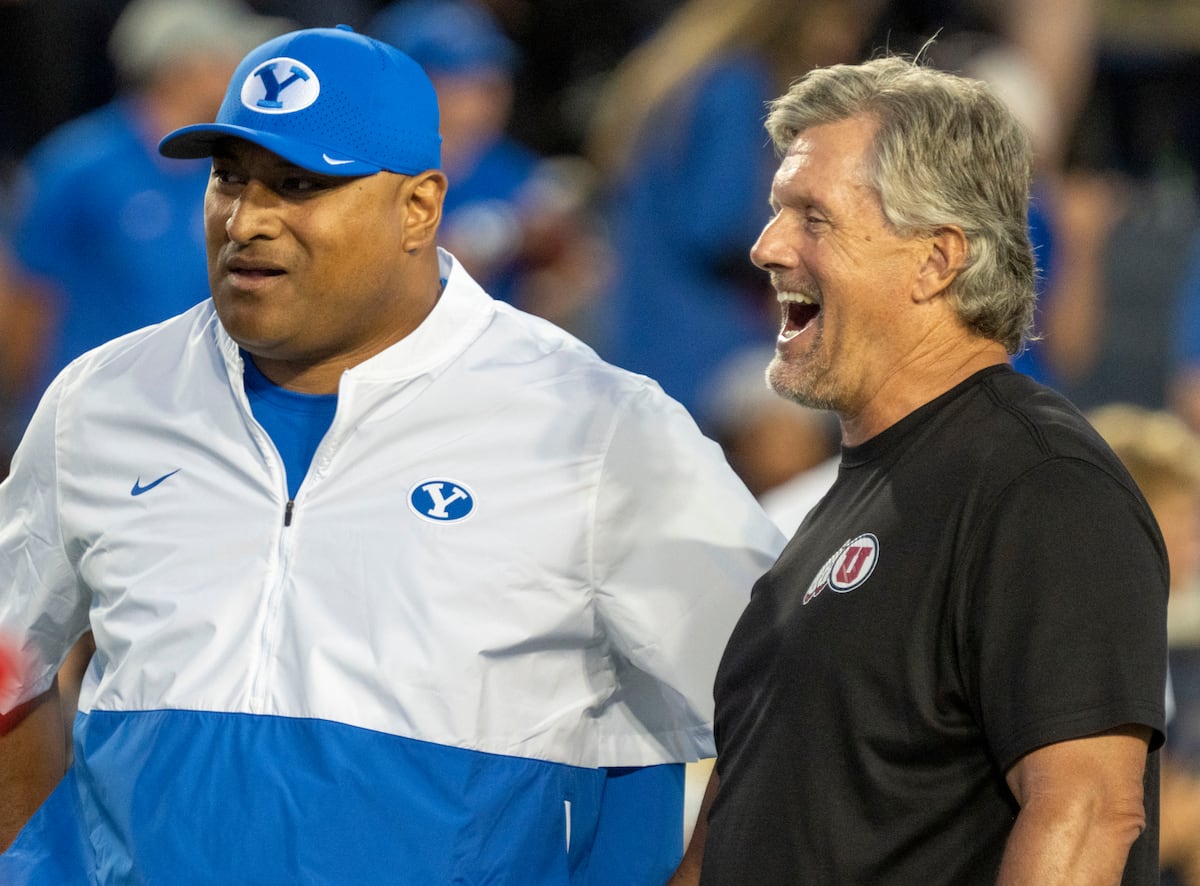

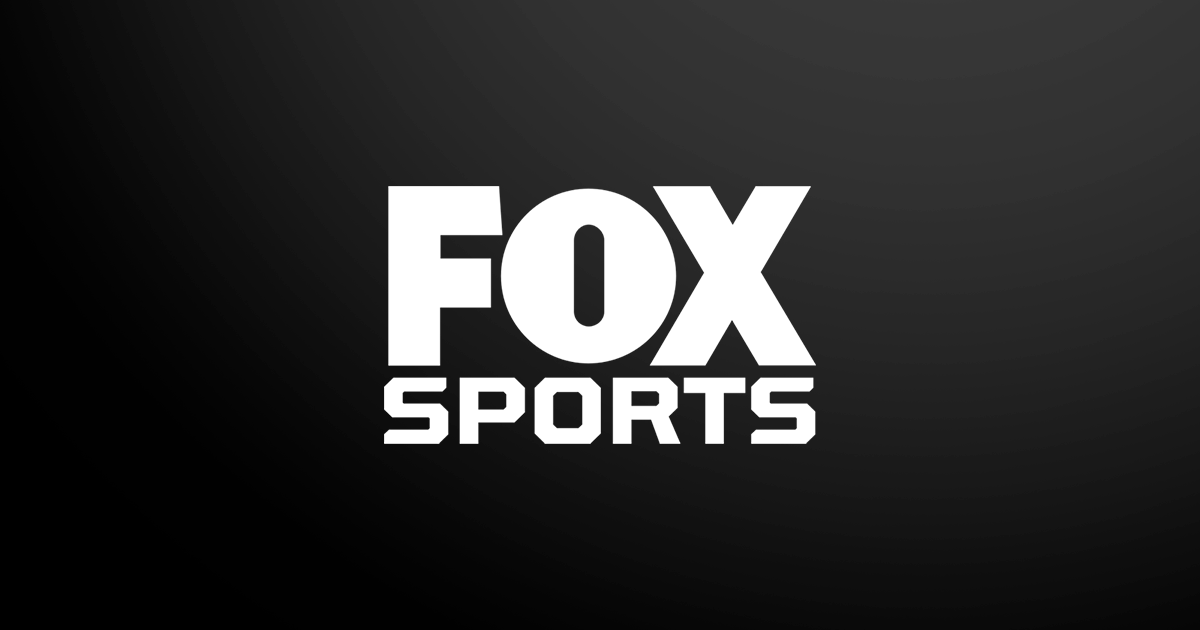
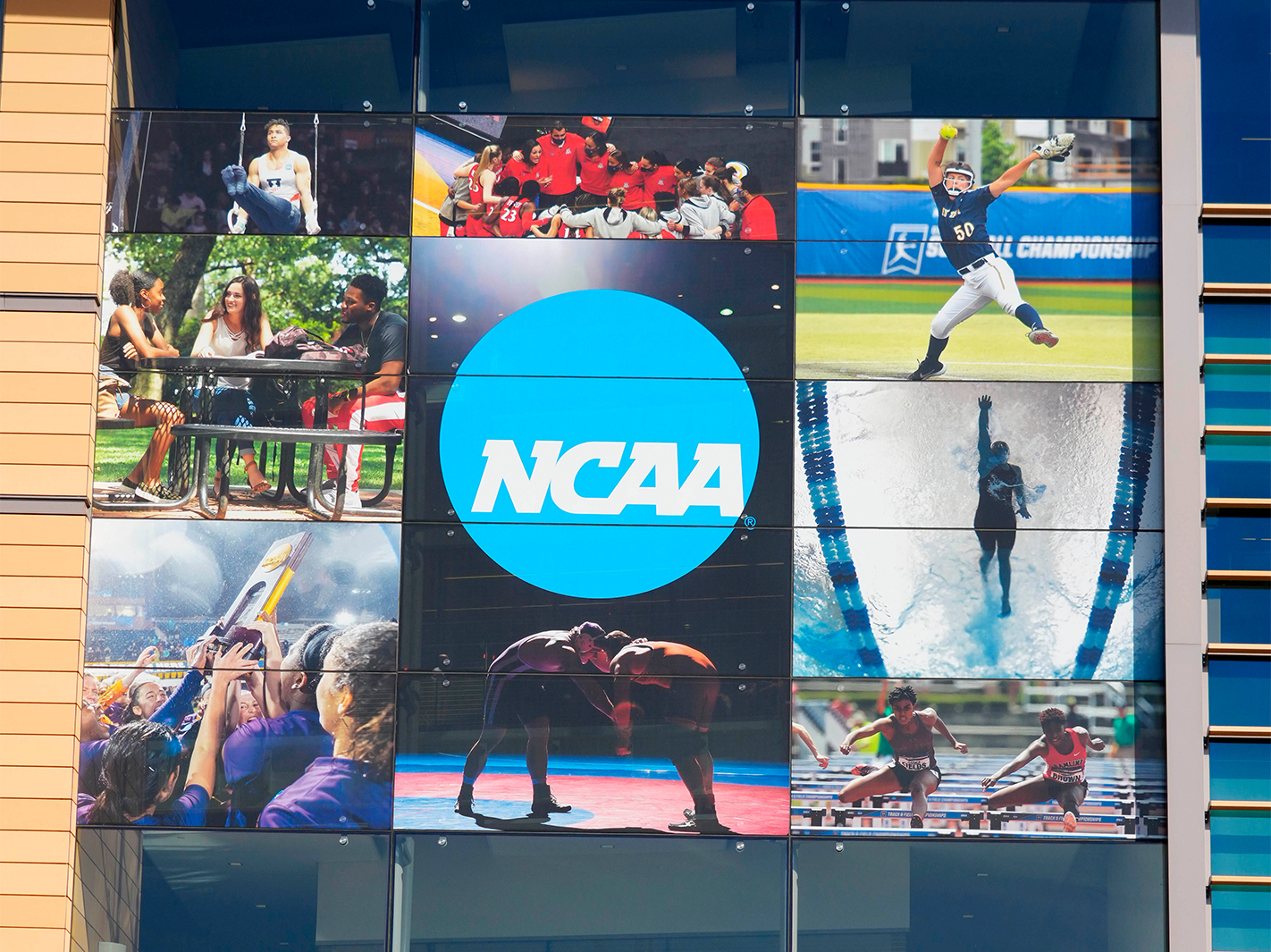


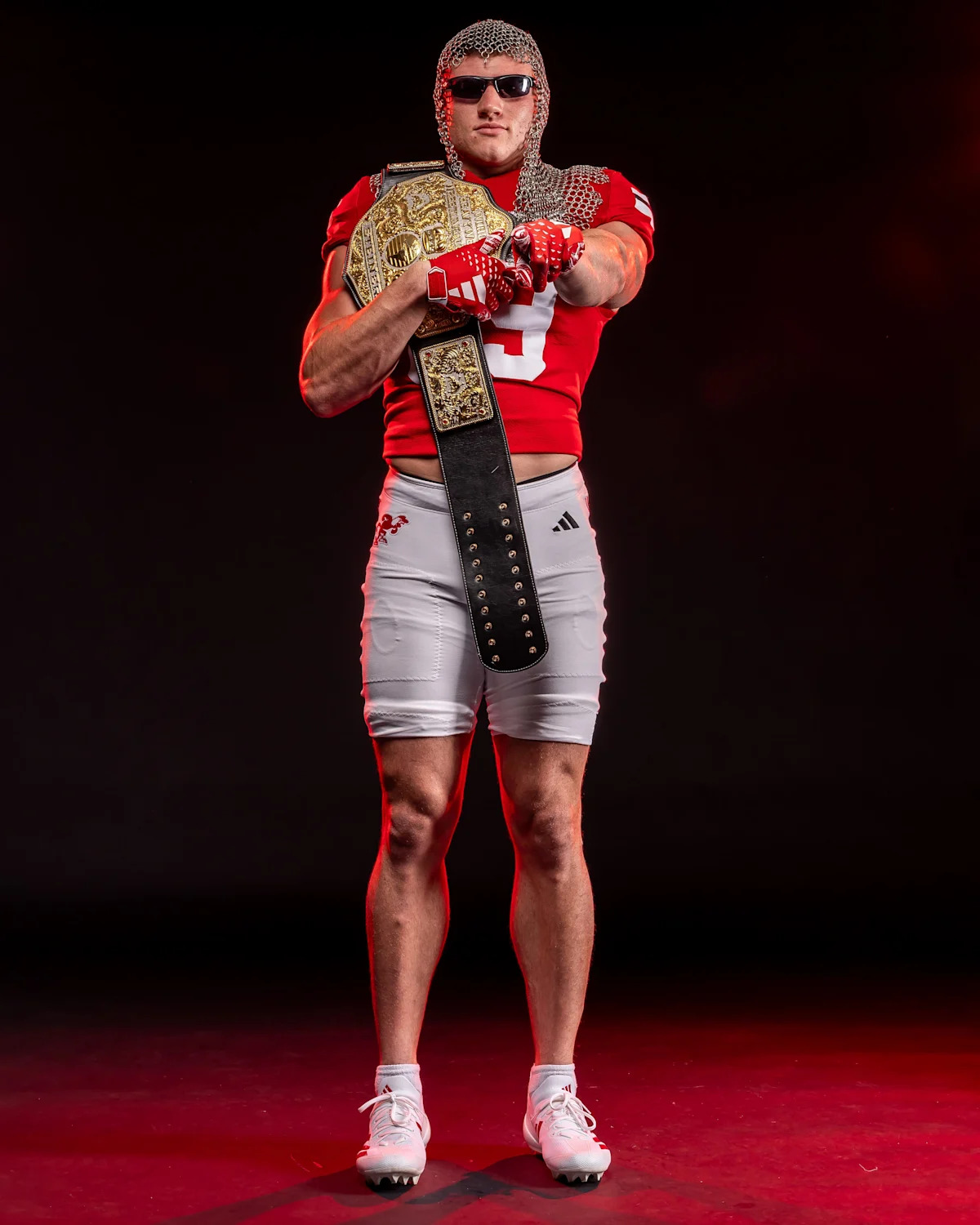
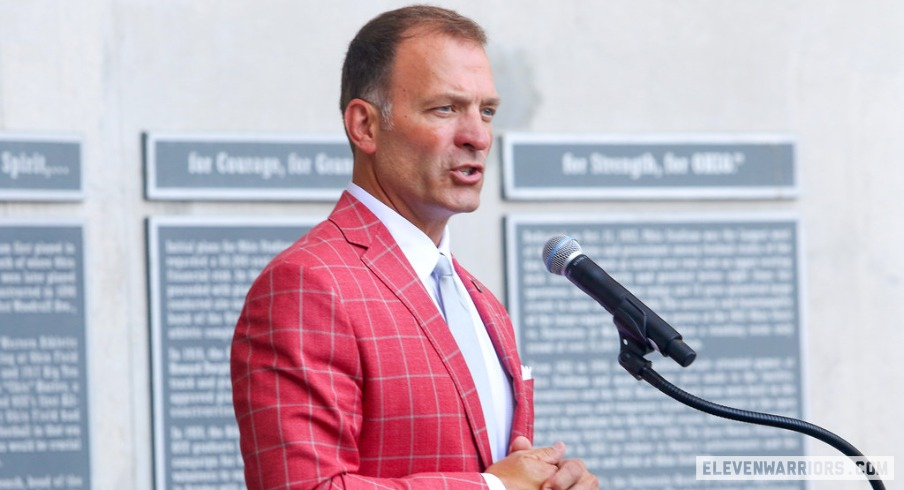
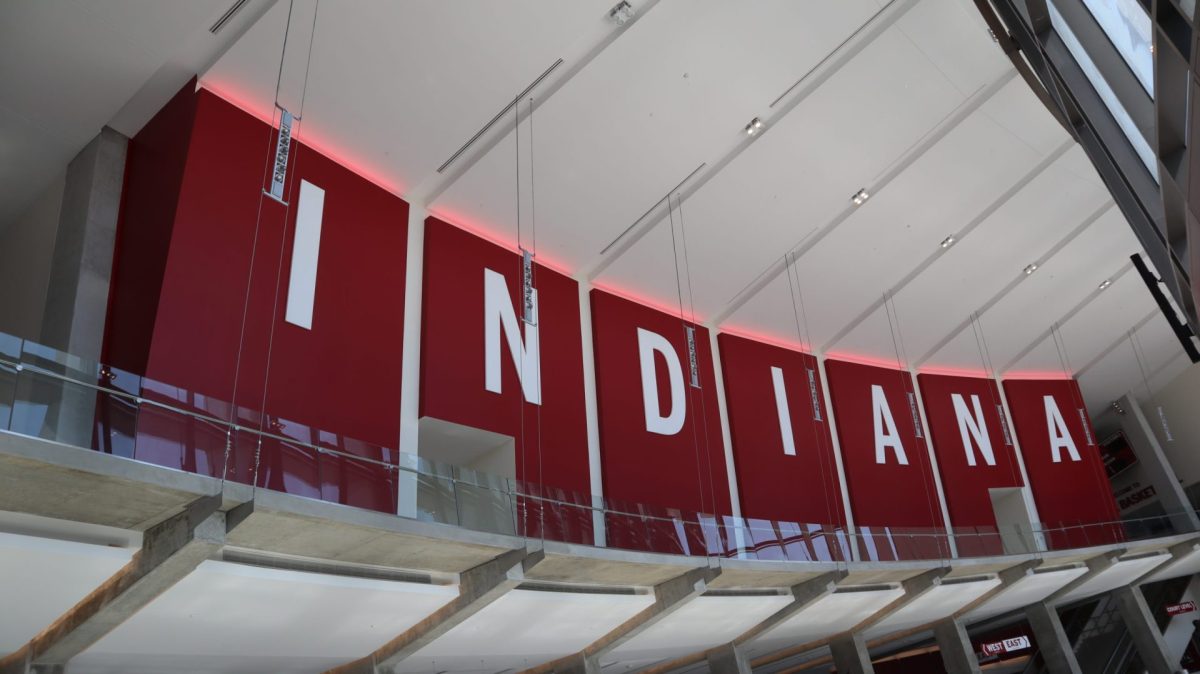

























 STEPHEN A. CALLS OUT LEBRON for Giannis and NBA eras comments
STEPHEN A. CALLS OUT LEBRON for Giannis and NBA eras comments  | First Take
| First Take


























